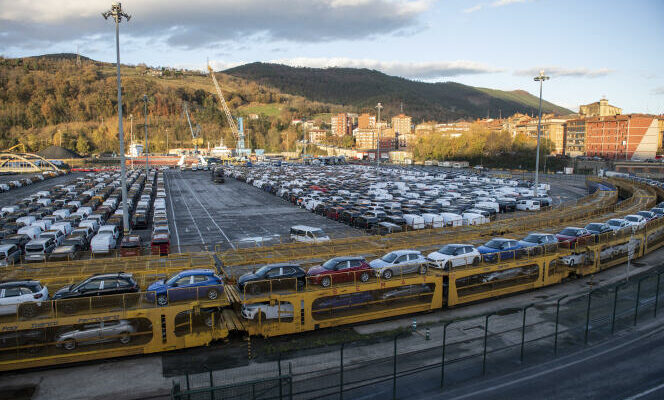The European Union (EU) will not meet its carbon dioxide (CO) emissions reduction targets2) passenger cars without a serious boost, warns the European Court of Auditors in a report published Wednesday January 24. The Court identified three obstacles: real CO emissions2 cars are still underestimated, those of thermal cars (petrol and diesel) have not fallen and sales of electric vehicles are not taking off quickly enough.
In its race for carbon neutrality by 2050, the EU has set itself an ambitious objective with the end of the sale of new thermal vehicles by 2035 and a step aimed at reducing their emissions by 50% in 2030 compared to the 2021 level. An objective all the more crucial as transport is, behind energy supply (26% of EU emissions), the second sector with the highest CO emissions.2 (23% in 2021), more than half of which (56%) coming from passenger cars. And, unlike other sectors, it is the only one that has failed to reduce its emissions. On the contrary, they have increased by 16% since 1990 when they decreased by 44% in energy or 35% in industry.
This reverse trend has its origins in a growing automobile fleet (+ 20% between 2010 and 2021 to go from 211 million to 253 million cars) and still very largely dominated by thermal vehicles (93% in 2021). “The green revolution can only take place in the European Union if the number of polluting vehicles in circulation drops drastically: the challenge is immensecomments the main author of the report, Pietro Russo. No real and tangible reduction in CO emissions2 cars will not be possible as long as the thermal engine reigns supreme. »
Stable real emissions
Flagship EU measure to reduce CO emissions2 vehicles, the “ CO emissions regulation2 private cars » has set, since 2010, thresholds not to be exceeded for new cars. In 2015, the Dieselgate scandal exposed cheating by car manufacturers to reduce their nitrogen oxide emissions during laboratory tests. In 2017 and then in 2019, a new laboratory test cycle was made mandatory to better reflect real emissions, that is to say in road driving conditions. It made it possible to reduce the gap, ” dizzy “ in the 2010s, between the emission levels measured in the laboratory and those observed on the road but not to eliminate it, note the rapporteurs.
You have 60% of this article left to read. The rest is reserved for subscribers.
